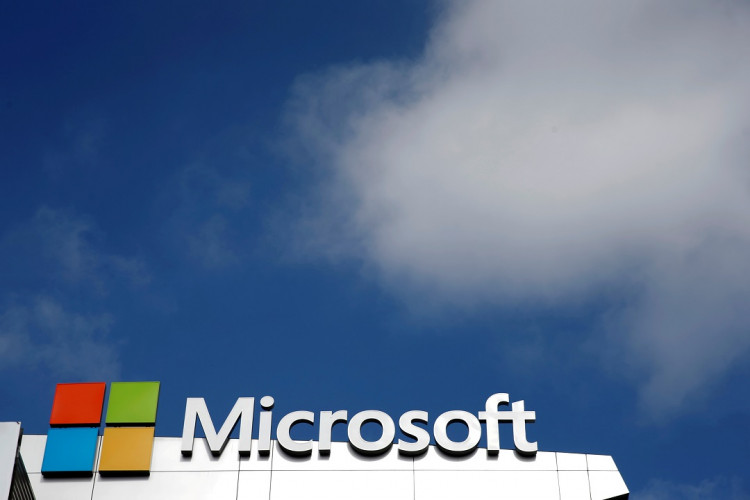Beginning on January 15, the Chromium-based Microsoft Edge web browser will be delivered to Windows 10-powered PCs, and essentially, it will be a forced upgrade, meaning systems will the old Edge will get the new version. As planned, end-users will silently receive the new browsing tool that will come with a redesigned icon.
Business users, if they prefer, have the option to keep the old Edge, but it is only a matter of time before it gets killed off. It is unlikely that the original Edge will be missed since it never gained significant traction. Microsoft used an aggressive approach to sell its in-house browser to Windows 10 users but to no avail.
Google Chrome remains the favored browsing tool by most users, or if they are not on it, they still opt for the alternatives that are also built around Chromium. Microsoft saw the writing on the wall and joined the bandwagon eventually.
According to Laptop Mag, the transition from the old Edge is envisioned to be seamless. The user interface for the upgrade is said to be smooth for easy familiarization. And there will be an option to personalize the browser, which is something that Chrome fans might just appreciate.
To further attract internet users pampered by Google Chrome, Microsoft engineers thought it wise to allow the use of Chrome extensions with the Chromium Edge. In effect, such a move will translate to the Edge functioning with extensive Chrome layering.
In large part, that will be the case with the arrival of the Chromium Edge. Google's imprint in the browsing arena will only get larger. As things stand now, Microsoft's capitulation will only leave Firefox as "the only independent browser company left standing," Extreme Tech reported.
The browsing market data as of October 2019 showed that Google Chrome is in use by nearly seven of 10 users around, and that is a screaming indicator of domination. The rest of the pie was distributed to rivals with only Firefox coming a distant second, having just a measly 9.25 percent share of the market.
The Edge only attracted 4.5 percent of users before Microsoft finally made the decision to ease out the tool from existence. Its failure to give a decent showing in the last four years was largely blamed on how Microsoft tried to sell the browsers to users.
The old Edge came out with its makers boasting that the browser is the safest in its class, and there were instances Microsoft employed strong-arm tactics to push the product. It was a bad call, per the same report, and users mostly ignored the marketing tactic.
Now enter the Chromium Edge, which Microsoft has promised will be sleek and easy on the PC memory, but in reality, it has become a version of the Google Chrome that has been adjusted for optimal function with the Windows 10 ecosystem.




